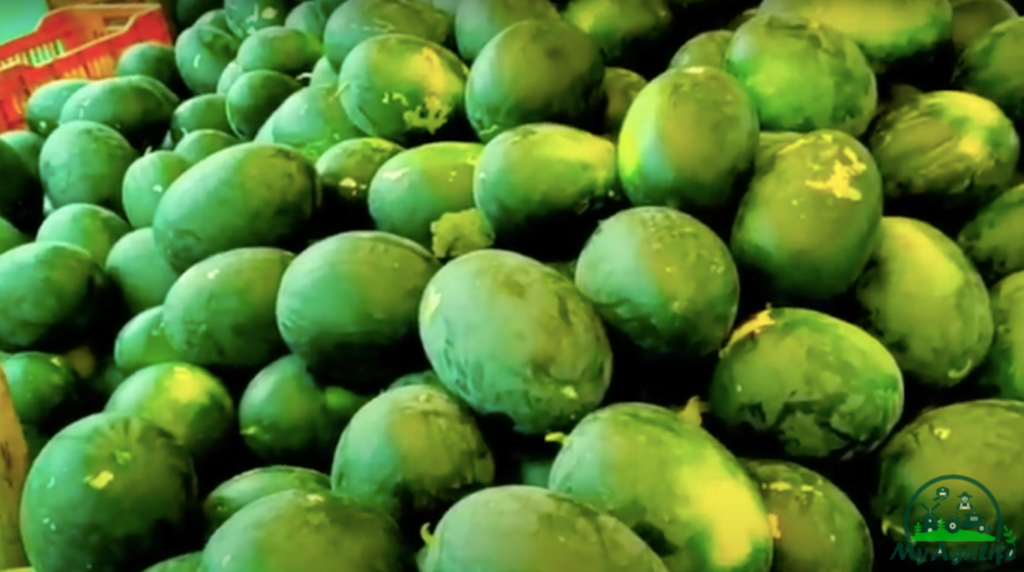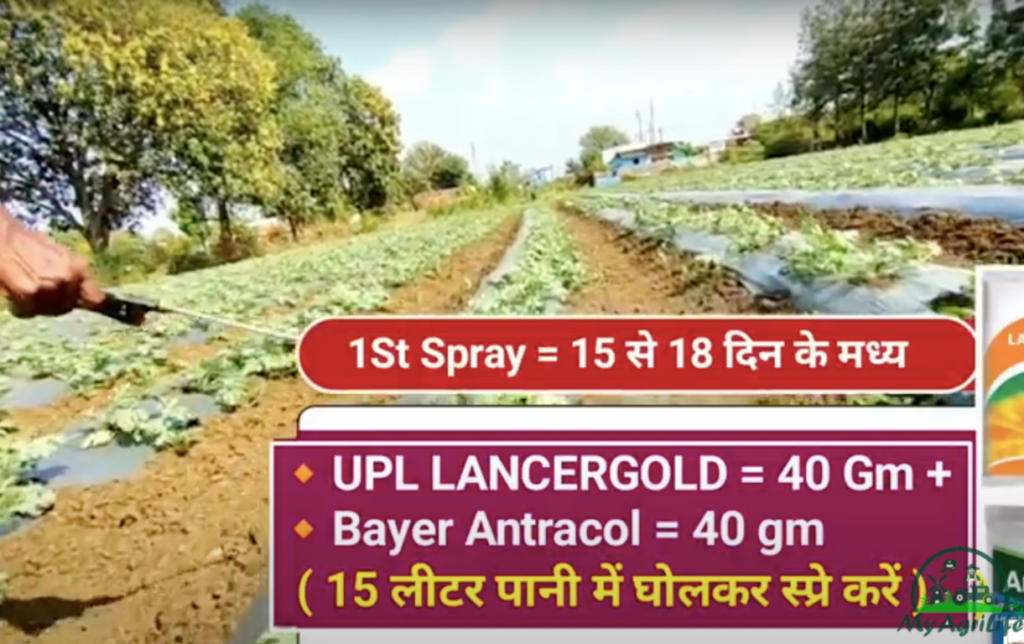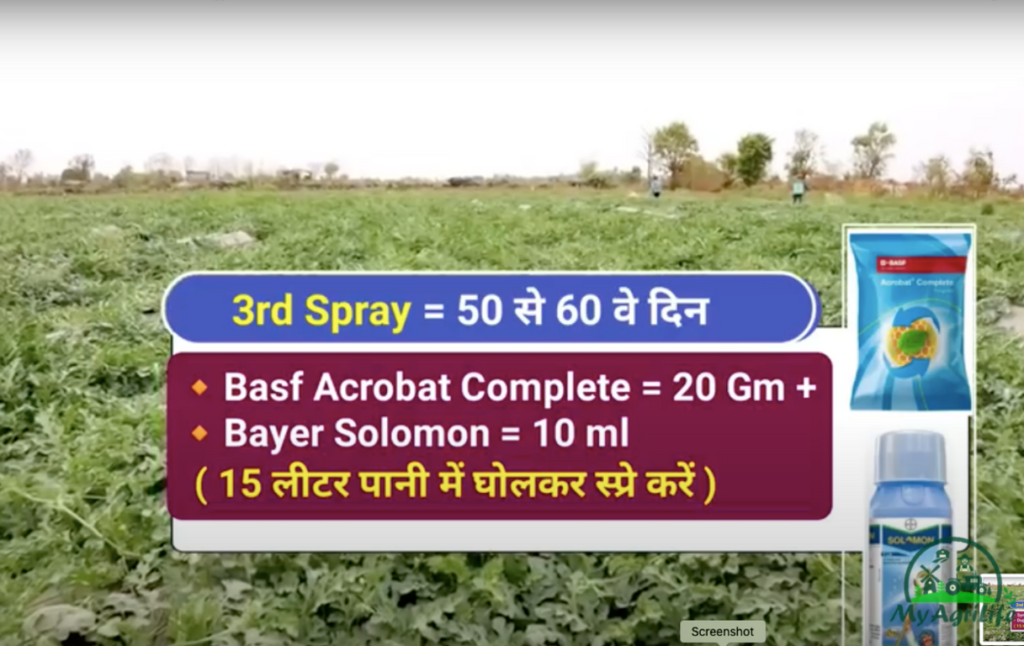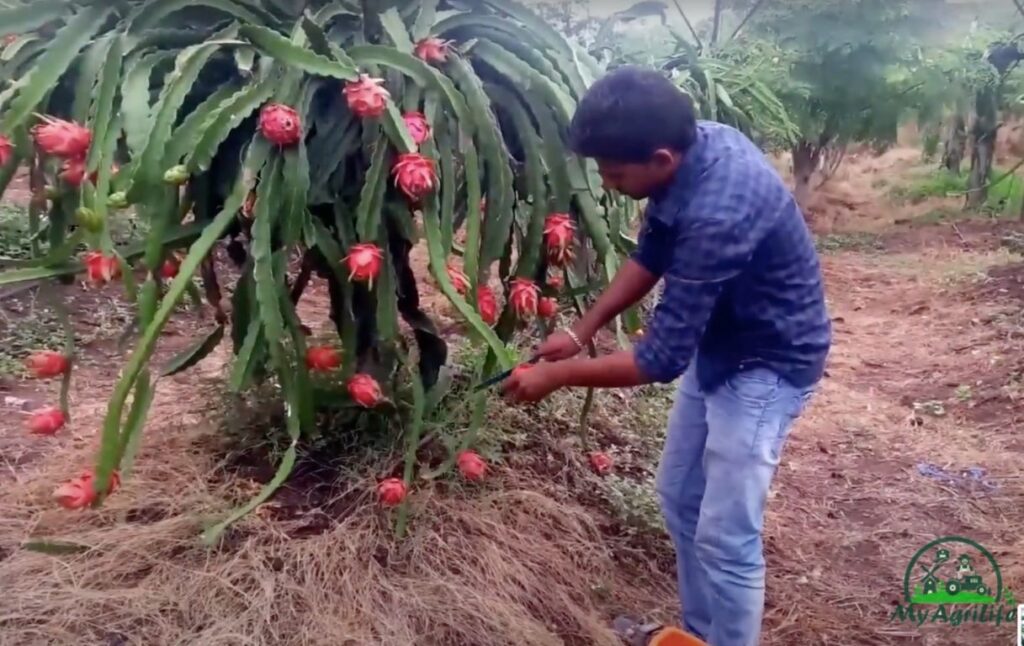Watermelon, also known as “Tarbooz” in Hindi, is a juicy and refreshing fruit that is typically eaten in the summertime. It belongs to the Cucurbitaceae family, which includes other fruits such as cantaloupe, honeydew, and cucumber.
Watermelons are generally large, oblong-shaped fruits with a green rind that is sometimes striped or spotted. The flesh inside is typically red, but can also be yellow or pink, and is filled with small black seeds. Some seedless varieties also exist.
Watermelon is known for its high water content, which makes it a hydrating snack on a hot day. It is also a good source of vitamins A and C, as well as potassium and magnesium.

In India, watermelon is often eaten fresh or used to make drinks, such as watermelon juice or smoothies. The rind can also be pickled or used in curries and other dishes. Additionally, watermelon seeds are sometimes roasted and eaten as a snack.
Seed Specification
Watermelon seeds vary in size and color depending on the variety of watermelon. Generally, watermelon seeds are small, oval-shaped, and black in color with a shiny, smooth surface.
However, some varieties of watermelon have seeds that are white or tan in color, and some have larger, more oblong seeds. Additionally, there are seedless varieties of watermelon, which have tiny, undeveloped seeds that are not viable for planting.

When selecting watermelon seeds for planting, it is important to choose seeds from a reputable source that offers seeds of a high-quality variety. It is also important to consider the climate and growing conditions in your area to select seeds that are appropriate for your location.
Watermelon seeds should be planted in well-draining soil with full sun exposure, and should be kept moist but not waterlogged. With proper care, watermelon seeds can germinate and produce a bountiful harvest of juicy, delicious watermelons.
Land Preparation & Soil Health
Land preparation and soil health are important factors in growing healthy and productive watermelon plants. Here are some tips for preparing the land and maintaining soil health for watermelon cultivation:

Site selection:Choose a site that receives full sun exposure and has good drainage. Avoid low-lying areas that are prone to flooding, as waterlogged soil can lead to root rot and other issues.
Soil testing:Before planting watermelons, it is important to test the soil for nutrient content and pH levels. This can help you determine if any amendments are needed to improve soil health.
Soil amendments: Depending on the results of the soil test, you may need to add amendments such as compost, manure, or fertilizers to improve soil fertility and structure.
Tilling: Use a tiller or other appropriate equipment to till the soil to a depth of at least 8 inches to loosen the soil and improve drainage.
Weed control:Remove any weeds or other vegetation from the planting area prior to planting to prevent competition for nutrients and water.
Crop rotation: Avoid planting watermelons in the same spot year after year to prevent soil-borne diseases from building up in the soil.
Cover crops:Planting cover crops such as legumes can help improve soil health by adding nitrogen and organic matter to the soil.
By following these tips, you can help ensure that your watermelon plants have the best possible growing conditions and produce healthy, delicious fruit.
Crop Spray & fertilizer Specification
Crop spray and fertilizer application are important for the healthy growth and development of watermelon plants. Here are some general guidelines for crop spray and fertilizer application for watermelon cultivation:



Fertilizer: Watermelon plants require adequate levels of nitrogen, phosphorus, and potassium for healthy growth. A general rule of thumb is to apply 1-2 pounds of nitrogen per 1,000 square feet of planting area. This can be accomplished using a balanced fertilizer such as 10-10-10 or 20-20-20. Fertilizer should be applied at planting and then every 3-4 weeks thereafter.

Foliar spray: Foliar spray can be applied to the leaves of watermelon plants to provide additional nutrients and prevent pests and diseases. Common foliar sprays for watermelons include seaweed extract, fish emulsion, and liquid kelp. Follow the manufacturer’s instructions for application rates and frequency.
Insecticide: Watermelon plants are susceptible to pests such as aphids, whiteflies, and spider mites. Insecticides can be used to control these pests, but care should be taken to avoid damage to the plant. It is recommended to use organic insecticides and follow the manufacturer’s instructions carefully.
Fungicide: Watermelon plants are also susceptible to fungal diseases such as powdery mildew and downy mildew. Fungicides can be used to control these diseases, but again, care should be taken to avoid damage to the plant. It is recommended to use organic fungicides and follow the manufacturer’s instructions carefully.




Overall, it is important to follow the specific recommendations for crop spray and fertilizer application based on the specific needs of the watermelon variety and the local growing conditions.
Weeding & Irrigation
Weeding and irrigation are important components of watermelon cultivation. Here are some general guidelines for weeding and irrigation for watermelon plants:

Weeding: Weeds can compete with watermelon plants for nutrients and water, and can also harbor pests and diseases. It is important to keep the planting area free of weeds by using hand weeding, hoeing or mulching. Mulching can help to suppress weed growth and retain moisture in the soil.
Irrigation: Watermelon plants require consistent soil moisture throughout the growing season. The frequency and amount of irrigation will depend on the soil type, temperature, and rainfall in your area. Generally, watermelon plants require 1-2 inches of water per week. Avoid overwatering, as this can lead to root rot and other issues.
Drip irrigation:Drip irrigation is a recommended method for irrigating watermelon plants, as it allows for consistent soil moisture and reduces water waste. Drip irrigation also reduces the likelihood of foliar diseases and weeds by targeting the water directly to the plant’s root zone.
Timing of irrigation: Watermelon plants require the most water during the flowering and fruiting stages. It is important to provide adequate water during these stages to ensure proper fruit development. Watering in the early morning or late evening can help to reduce water loss through evaporation.
By following these guidelines, you can help ensure that your watermelon plants have the appropriate moisture and nutrients to produce healthy, delicious fruit.
Harvesting & Storage
Harvesting and storage are important aspects of watermelon cultivation, as they can impact the quality and shelf life of the fruit. Here are some general guidelines for harvesting and storage of watermelon:

Harvesting: Watermelons are ready to harvest when they have reached full maturity and are fully ripened. This can be determined by checking the tendril nearest the fruit; when it turns brown and withers, the watermelon is usually ripe. The skin should also have a uniform color, and the bottom of the fruit should have a yellow spot where it touched the ground.
Handling: When harvesting watermelon, care should be taken to avoid damaging the fruit. Use pruning shears or a sharp knife to cut the fruit from the vine, leaving a short stem attached. Rough handling or dropping the fruit can lead to bruising or other damage, which can affect the quality of the fruit.
Storage:Watermelons should be stored in a cool, dry place, such as a basement or root cellar. The ideal temperature for storage is around 55-60°F (13-15°C). If stored properly, watermelons can last for up to two weeks.

Refrigeration: If you plan to store watermelons for longer than two weeks, or if you prefer your watermelon chilled, you can store them in the refrigerator. However, it is important to note that refrigeration can affect the texture and flavor of the fruit, and can cause it to become mealy or lose some of its sweetness.
By following these guidelines, you can help ensure that your watermelon plants produce high-quality, delicious fruit that can be stored and enjoyed for as long as possible.









